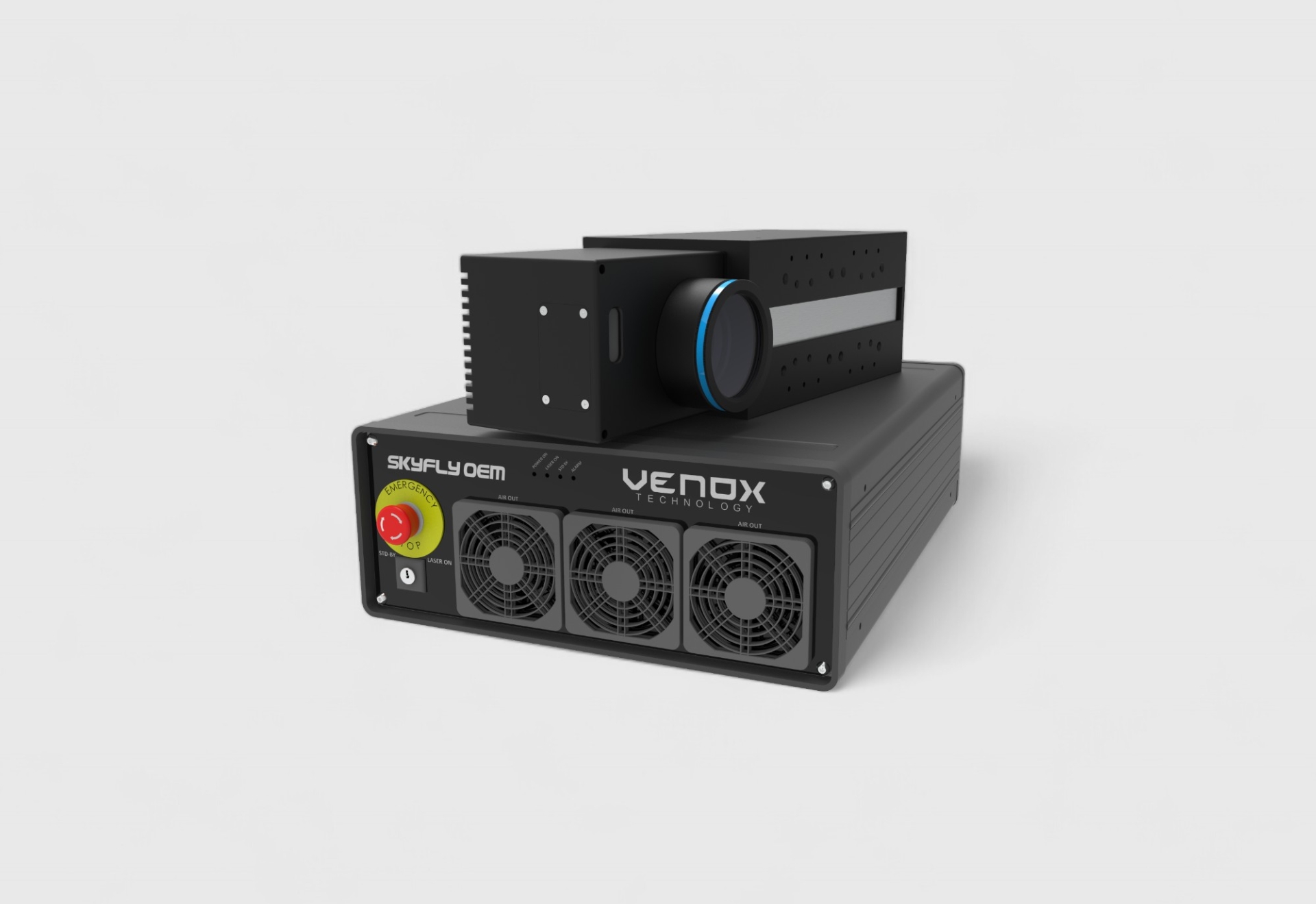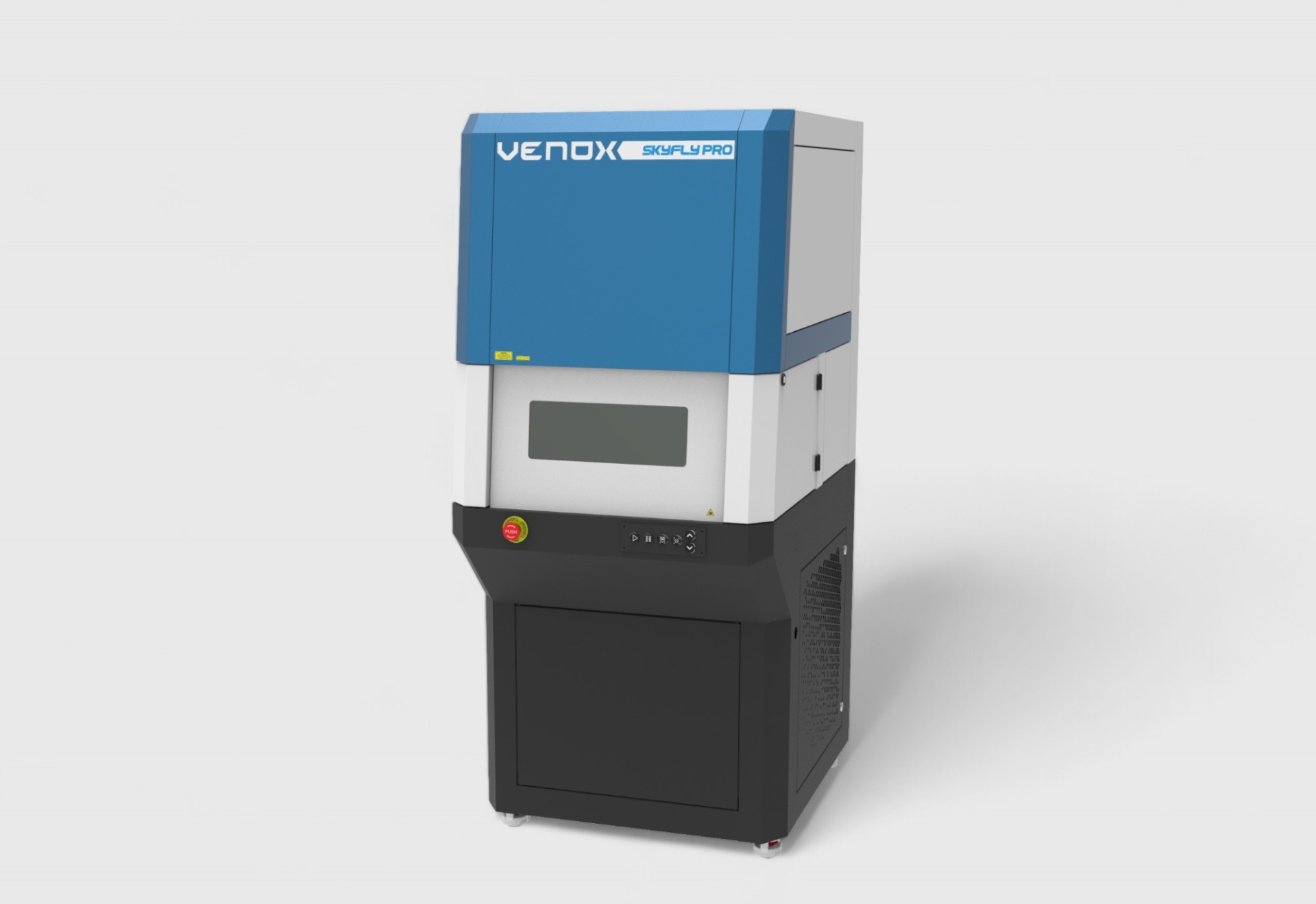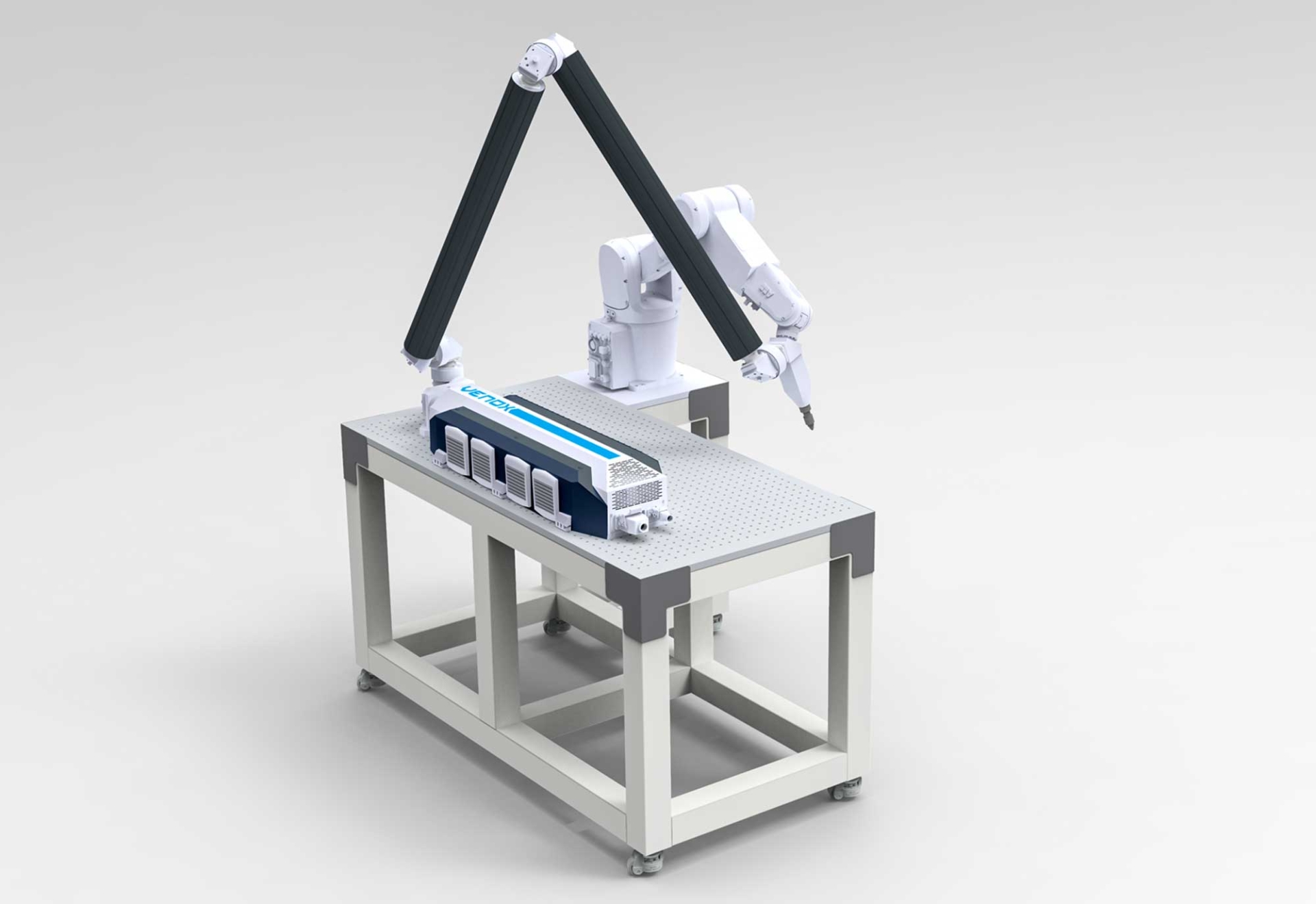How to Ensure Product Tracking and Traceability with Laser Marking?
Product tracking and traceability are no longer just quality options in modern production processes; they are mandatory requirements in sectors such as automotive, medical, food, electronics, and defense. The most reliable method for tracking the full journey of a product—from production to shipment, and even its return from the field—is laser marking. In this content, we explain step by step the role of laser marking in traceability systems, which coding methods are used, and how companies can ensure sustainable production tracking.
The Role of Laser Marking in Traceability Systems
Laser marking is one of the most critical components of the traceability chain because it gives products a permanent, readable identity that is resistant to environmental conditions. Every code processed onto a product by laser is associated with a data record, allowing the entire lifecycle of the product to be documented.
Why Is Laser Marking Ideal for Traceability?
Marks used for traceability must:
- Be permanent
- Be non-removable
- Resist high temperature, chemicals, and abrasion
- Remain readable even at the micro scale
Laser marking meets all these requirements. While ink, labels, or chemical marking methods may fade or be removed over time, laser marking guarantees traceability by creating a permanent mark on the product surface.
The Data Value of Codes Applied to the Product
Every code applied to the product via laser marking is matched with a database record. This allows:
- The complete history of each product to be tracked digitally
- Records to be created that match production stations
- Quality control and recall processes to become easier
This structure is also known as the “digital twin” approach: the physical product and digital data move together simultaneously.
Industrial Code Types
Laser marking can process the most commonly used code types for traceability with high precision:
- DataMatrix codes – High data density in small areas
- QR code – User-focused traceability
- Serial number
- Batch/Lot number
- Production date and shift information
- Logos and certification marks (CE, etc.)
Regardless of the type of code, laser marking can process this information with micron-level clarity.
Systems and Methods Used in Laser Marking for Production Tracking
Providing traceability through laser marking is not limited to simply writing a code; behind it lies a data flow, an automation system, and a quality verification process. The following sections explain how the traceability chain is established.
1. Choosing the Right Laser Technology
The laser selected for traceability must be fully compatible with the material type:
- Fiber Laser: Ideal for metals and engineering plastics
- CO₂ Laser: Packaging, glass, paper, wood, and organic surfaces
- UV Laser: Heat-sensitive plastics and medical products
Selecting the wrong type of laser reduces code readability and disrupts the traceability chain.
2. Automation Integration (PLC – Conveyor – Robot)
In modern production lines, laser marking stations work integrated with automation:
- The product arriving on the conveyor is detected by a sensor
- The PLC sends the marking command to the laser system
- The correct code is automatically applied for each product
This automated structure eliminates human error.
3. Database and MES/ERP Integration
For the applied codes to be meaningful, a background data system is required:
- MES (Manufacturing Execution System): Links the production station with the code
- ERP system: Integrates with order, customer, and product configuration data
- Database: Stores the digital record of each product
Thus, every product from the field is matched with its digital record.
4. Readability Verification with Cameras (Vision Control)
Every code applied by laser marking must be readable. For this reason, production lines use:
- A high-resolution industrial camera to read the code
- Verification according to ISO/IEC quality standards
- Rejection or automatic separation of invalid codes
This system is mandatory especially in the automotive and medical sectors.
5. Backward Traceability
When an error is detected in production, laser codes enable instant identification of:
- The shift in which it was produced
- Which operator was on duty
- Which stations it passed through
- Which raw materials were used
This process reduces recall costs and strengthens quality management.
6. Forward Traceability
The journey of a product after production can also be tracked:
- Which customer it was sent to
- Which country it was shipped to
- What its service history is
This information is essential for customer satisfaction and after-sales services.
Conclusion: Why Is Laser Marking Indispensable for Traceability?
Laser marking is the backbone of production tracking systems. Thanks to permanent, readable, and durable markings, companies can:
- Strengthen quality control processes
- Track production data on a per-product basis
- Detect errors quickly
- Reduce recall costs
- Increase customer trust
In the digitalizing world of manufacturing, laser marking is the strongest technology for securely carrying a product’s identity. It is a strategic investment for any business aiming for traceability.







